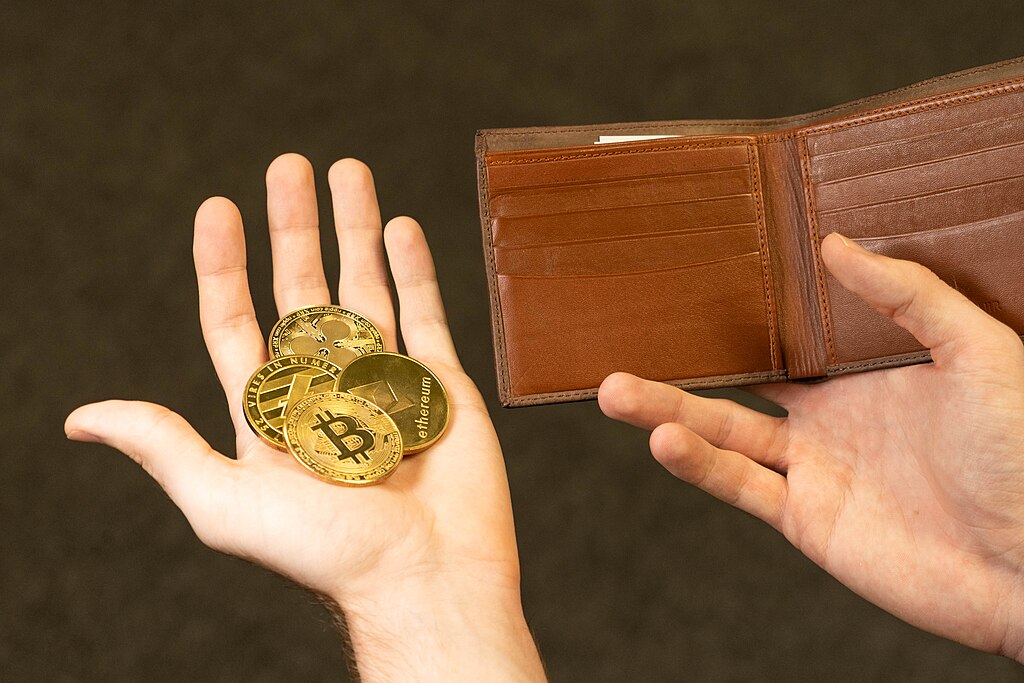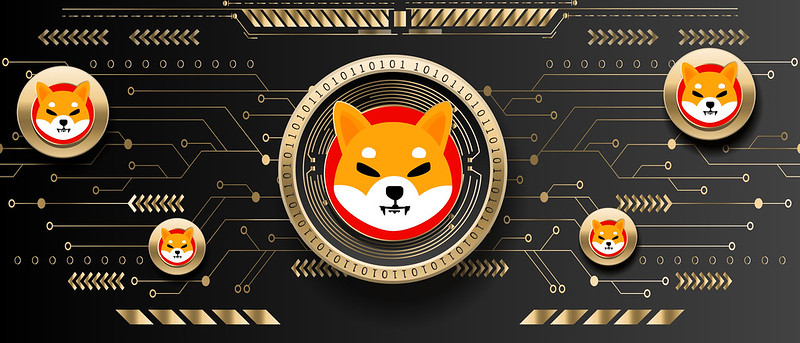If the cryptocurrency world were to have just one word for 2024, we’re sure everyone would agree on one and only one thing: memecoin.
In 2023, what occupied just 8.32% of investor mindshare jumped to a cool 31% in 2024. In fact, the hashtag “#memecoin” has been used nearly 1.2 million times on X (formerly Twitter) as of November 2024. So, what is this trendy buzzword? This crypto craze is a celebration of the silliness of digital assets that have sprung from the transience of social media.
The most well-known is Elon Musk’s favourite dogecoin, which is based on an internet-famous dog. As hilarious as it sounds, memecoins have transformed the crypto landscape by allowing retail investors to participate, thus gaining wider adoption. So, what is this so-called silliness and why are investors buying into it?
Memecoins Explained
Memecoins are cryptocurrencies inspired by internet jokes or memes, often created as parodies of other digital currencies. Usually, memecoins have little to absolutely zero practical utility beyond serving as a community-driven or hilarious form of digital currency celebrating popular internet culture. The term “memecoin” or “meme coin” showcases the connection between the theme of the coin and the viral meme that it represents, seamlessly merging internet humour with digital finance.
However, Dogecoin isn’t the farthest extent of this hype. Some of 2024’s breakthrough memecoin stars include PNUT, a nod to a euthanised squirrel loved by the United States right-wing, and Moo Deng, which is based on a Thai pygmy hippo.
What makes memecoins distinctive is they’re driven not by financial metrics, but rather by community narratives. In fact, the size and passion of their fanbase is what determines their value, and not technical innovation or the real world. It’s clear that memecoins have evolved beyond their original intent of playful parodies, gaining cultural relevance and significant value while sitting at the intersection of decentralized finance (DeFi), digital art, and entertainment.
Today, memecoins are reshaping how retail users interact with the crypto world, highlighting the potential of blockchain to engage the mainstream audience.
The Impact of Memecoins
Just because they lack fundamentals doesn’t mean that memecoins can’t have an impact. After all, they live and thrive at the intersection of entertainment and speculation, a market that doesn’t exist anywhere else.
Firstly, they’ve changed the way we retail investors trade cryptocurrencies, igniting a wave of social media-driven FOMO (fear of missing out). What’s more, their popularity highlights just how much online platforms are responsible for shaping market trends. Viral hashtags, memes, and tweets can send prices spiralling up or down in a matter of hours. In the world of memecoins, perception is everything.
It’s fair to say that memecoins have captured the fancy of the masses like few other digital assets have. Often seen as the entry point to the crypto world for newcomers, their high visibility and low price attracts retail investors who might have not considered other digital assets. Furthermore, this influx of new users increases awareness, fostering further exploration of blockchain technology, crypto wallets, and other serious investments in established cryptocurrencies.
If that wasn’t enough, many memecoins have given rise to innovations in NFT ecosystems, governance models, and DeFi. For instance, memecoins are helping AI agents being programmed to interact with tokenomic designs. In fact, many have become “testing ground” for new protocols and features. If these innovations succeed, they can be adopted by the more established cryptocurrencies, benefiting the entire ecosystem.

Are There Risks?
Memecoins are not without their challenges. Firstly, they’re infamous for their extreme price volatility, with values fluctuating rapidly based on high-profile endorsements, speculative buying, and social media trends. Due to the speculative and unpredictable nature of memecoins, they’re often subject to “pump and dump” schemes, with prices being artificially inflated via coordinated sell-off efforts after driving the prices up.
It’s this very volatility that could leave retail investors at risk of serious losses, not only resulting in market instability but also damaging cryptocurrency’s image. Of course, there’s always the possibility of fraudulent projects, rug pulls, and scams in the memecoin market.
One major challenge of memecoins, as compared to established cryptocurrencies like Bitcoin, many memecoins don’t have a clear-cut utility beyond speculation. Hence, they’re more prone to price manipulation, possibly limiting their long-term potential as valuable digital assets. However, the crypto ecosystem is still in the nascent stage and as it matures, the role of memecoins could evolve beyond what it is now, with investors and regulators alike looking for ways to manage the volatilities they bring.
In the end, memecoins are a double-edged sword. On one hand, they offer astronomical returns, with many early investors and adopters of memecoins like Shiba Inu and Dogecoin having made life-changing profits. On the other hand, they’re the perfect example of speculation risks. Even though a memecoin’s value is often based on hype and not anything substantial, this volatility hasn’t stopped its popularity from rising to new heights.
After all, investors who might be intimidated by the complexity of traditional assets have found it easier to access the crypto market via memecoins. All in all, memecoins have become the entry point to the cryptocurrency world for millions, drastically transforming how investors interact with digital currencies.
In case you missed:
- A Beginner’s Guide to Cryptocurrency Trading in India – Part 1
- A Beginner’s Guide to Cryptocurrency Trading in India – Part 2
- Should I Use An Anonymous Crypto Wallet?
- Let The Games Begin: All About Crypto Gaming
- The Pi Network: IOUs, Coins, And The Network’s Future
- The Price Of Money: Can Cryptocurrency Go Green?
- Everything you need to know about Pi Network
- Bitcoin Halving: Everything You Want to Know
- Phantom Wallet: The Fastest-Growing Crypto Wallet
- The Pi Mainnet Launch – What It Heralds For The Pi Coin and Pioneers












